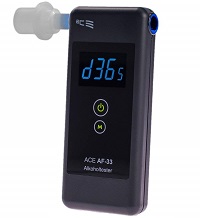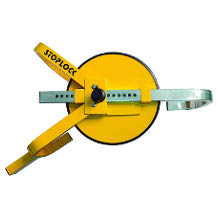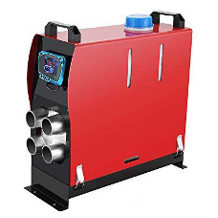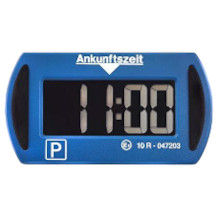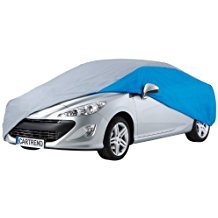Swivel car seat purchasing advice: how to choose the right product
- The most important in a nutshell
- Reboarders are child seats in which babies and toddlers can be transported against the direction of travel.
- According to EU regulations, it is mandatory to secure a child up to 15 months of age or weighing up to nine kilograms in a car against the direction of travel.
- Some models are suitable for different ages or weights and can also be rotated so that the child faces in the direction of travel.
- Reboarders are often installed on the back seat of the vehicle using the ISOFIX system; a support in the footwell provides additional stability.
- A dedicated harness system, soft padding and side impact protection ensure the best possible safety in the event of an accident.
What is a reboarder?
Reboarders are child seats for infants in which they sit with their backs to the direction of travel. They are equipped with a high backrest and protective side elements. In addition, they have their own harness system, with which the children can be optimally secured. Although they are intended as a successor to the baby car seat, there are also reboarders that are suitable from birth, as well as models that can be used up to elementary school age.
Theoretically, baby car seats are nothing more than reboarder, because the term translated simply means that you use them against the direction of travel. So you can also transport babies in reboarders, but then they must be declared for this and have a reclining position and ideally a pillow insert for infants. Some models can be installed both in and against the direction of travel. This gives you the option of continuing to place your children in the seat as they get older – but facing forward.
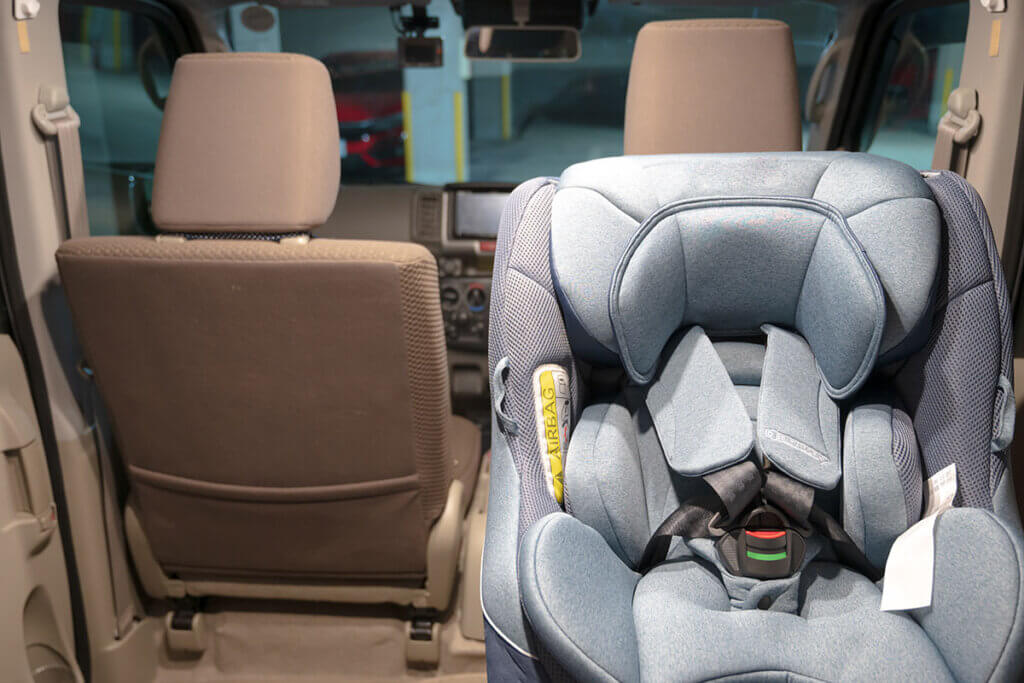
Why should you use a reboarder?
According to EU guidelines, children up to the age of 15 months or a weight of nine kilograms must be transported in the car against the direction of travel. This is even recommended up to the age of two, as strong forces act on the car occupants in the event of an accident. The most common collisions are head-on collisions; in such a case, the child would be pressed into the seat back, which is less stressful for the neck and neck muscles than if the head were thrown forward.
Especially in the first months, children need additional protection in critical situations. The head is much larger compared to the body than in adults and accounts for a quarter of the body weight. For this purpose, the muscles in the body are not yet well developed. If the head is thrown around uncontrollably in an accident, the neck muscles and the spine may not be able to absorb these forces properly. In addition, children have only limited motor skills in the early months of life, which is why they often cannot move their arms and legs in a controlled manner or generate conscious tension to counteract forces.
How to install a reboarder?
The seats are usually attached with the so-called ISOFIX system. It has been fitted as standard in all new cars since November 2014. Through a connection located on the back seat between the seat and the backrest, the seat can be installed with the corresponding counterpart. This system is standardized so that all seat models with such a system can be installed in as many cars as possible. If there is no way to secure the seat with the ISOFIX connection, you must secure it with the vehicle’s three-point belt.
Attention to safe installation
Always make sure that the reboarder is installed correctly. Unlike an infant carrier, which can be worn and partially connected to the stroller, the reboarder is not designed to be installed and removed frequently. The seat must have a secure hold and must not obstruct other passengers, for example by pushing the passenger seat too far forward.
Supports and brackets
Since the center of gravity of a reboarder is above the footwell, the seats are secured with an included stand. This stands in the footwell of the vehicle, so that the child seat can not tip. If there is a storage compartment, you need to fill it – for this purpose, the manufacturer provides suitable filling material. Otherwise, the support foot may not have a secure footing. Some reboarders – as well as other child seats – can be additionally secured with the so-called top tether. This belt is attached to the back of the rear seat back in the car with a hook.
In front only in exceptional cases
Generally, the back seat is the safest place in the car for a child, no matter what age or type of child seat. Theoretically, you can also install a reboarder on the passenger seat, but in that case you must pay attention to the manufacturer’s specifications of both the seat and the vehicle. If you are warned not to place the seat next to the driver, you should take this warning seriously. A prerequisite for the reboarder to be on the front passenger seat is that the airbag cannot deploy on that side. If it is activated, this can be life-threatening for a child in the reboarder.
Test standards and seating classes
There are three seals of approval that reboarder and other types of child seats are given in order to be approved in the EU. These bear the designation “UN ECE Reg. 44/03” resp. “44/04” or “UN ECE Reg. 129”; the latter is also called the i-Size standard.
The standard UN ECE Reg. 44/04 divides child seats into classes that indicate the weight for which the seat is suitable. Classes I and II are relevant for reboarders.
| Class 0 | up to 10 kg |
| Class 0+ | up to 13 kg |
| Class I | 9 – 18 kg |
| Class II | 15 – 20 kg |
| Class III | 22 – 36 kg |
Seats tested according to the i-Size standard are not classified according to age or weight, but according to the respective size of the child. The recommendation here is made by the manufacturer itself. Unlike seats with the seal UN ECE Reg. 44 they also have to pass a side impact test and the installation always goes with the ISOFIX system. The EU Commission plans to only allow child seats with the i-Size standard from September 2023. The requirement to place against the direction of travel then generally applies to children up to the age of 15 months, regardless of weight and size. In addition, i-Size approved child seats should have a maximum width of 44 centimeters. This ensures that even in small cars, up to three seats can fit side by side on the rear bench.
The components of a reboarder
Reboarders differ in appearance depending on the manufacturer and design – but you must meet some important criteria to ensure maximum safety.
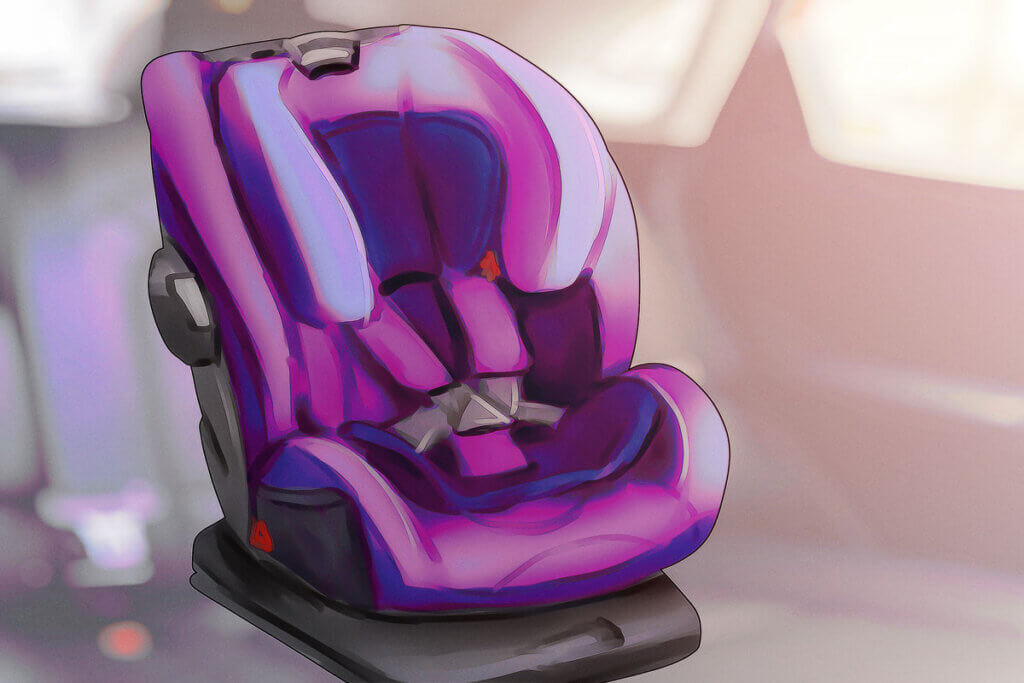
Belt system
In a reboarder, the child is strapped in with the model’s own harness system. This is either a three-point harness – that is, a Y-shaped belt that is fastened over the shoulders and between the legs – or a five-point harness that also has a belt around the hips. The straps are adjustable to give the child the most secure hold. They should also be padded so that they do not pinch or cut.
Side impact protection
Reboarder not only have a high backrest, but also protective and shielding elements on the sides. These are soft and comfortably padded, so that the child can lean on the side if necessary. In the event of an accident – especially a side impact – the force and shock are partially absorbed by the side impact protection. This protects the head and body of the child.
Position adjustment
Reboarder usually have the ability to be adjusted in different positions. A reclining position is especially important for infants who cannot yet sit independently. But even beyond that, many models can be adjusted to numerous angles. A practical feature for parents is that these settings also work one-handed, for example, when adjusting something from the passenger seat while driving.
Headrest
In order for you to provide the child with a seat that is both comfortable and safe, it needs an adjustable headrest. In advanced age, when the head outgrows the backrest, it is important that the headrest can be adjusted accordingly. The uppermost part can be pulled out and the backrest thus extended. This is possible either in several steps or steplessly.
Processing free of harmful substances
The main reason why child seats fail tests is not a lack of safety, but excessive exposure to harmful substances. Phthalates, for example, are used as plasticizers to ensure that plastics do not break as easily. Flame retardants are also sometimes found in the parts used in child safety seats. When buying, make sure that legal limits for such pollutants are not exceeded.
Infant Insert
To ensure that an infant is transported comfortably and safely in the reboarder during its first months, when it cannot yet sit independently, there is a special insert that makes the seat slightly smaller. In this, the baby lies in a sleeping position and is held from all sides as if in a soft shell. After a few months, you can remove the insert and transport the child sitting in the reboarder.
360 degree rotation
Not an indispensable safety function, but a considerable relief in some situations is the all-around rotation. It is practical not only when you want to use the seat in as well as against the direction of travel. This function is also helpful for putting the child in or taking him out. You can turn the seat to the open back door after the ride to make it easier for the child to get out. It also makes it easier to put the little one in the reboarder if you only have a three-door and have to bend backwards past the folded-down front seat.
Other accessories
Some manufacturers equip their reboarders with additional practical elements or offer them for sale. For example, cup holders or a small sun sail can be installed on the seat. With a rearview mirror mounted on the back of the rear seat, you can look your child in the face. A protective pad placed between the reboarder and the car seat prevents the latter from wearing out too much. Also, make sure you have removable covers so you can clean them, preferably in a waxing machine.

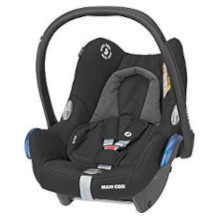
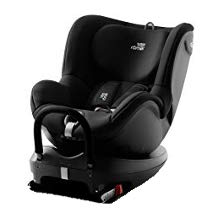
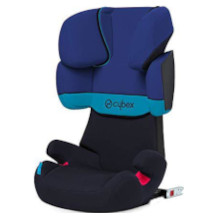
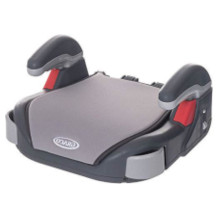
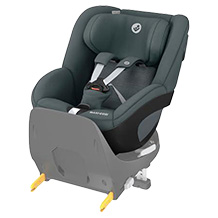

 no reviews
no reviews
